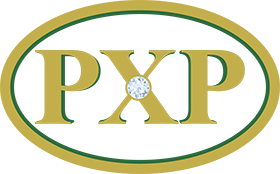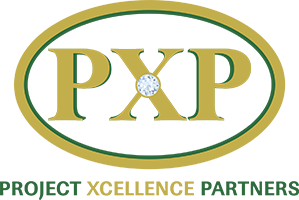A Program Management Office (PMO) should be context-driven, designed fit-for-purpose, and tailored to strategic intent. Its form and function depend greatly on the maturity of the organization, the complexity of its projects, and the appetite for governance. In practice, PMOs tend to fall into three broad categories, though many organizations blend aspects of each.
1. Supportive PMO – Guidance without heavy control 🔦
This type of PMO plays the role of an enabler. It offers templates, tools, training, and access to best practices, but it does not impose strict compliance. Think of it as a knowledge hub: project managers can choose to draw from it as needed. Supportive PMOs thrive in environments where project maturity is still developing and where autonomy is valued. The upside is flexibility and cultural buy-in; the downside is that without enforcement, the office may be ignored or underutilized.
2. Controlling PMO – Standardization with checks 📐
The controlling PMO represents a step up in authority. It ensures that projects conform to defined frameworks, policies, and reporting standards. Project teams are expected to follow common methodologies and standard processes. The real benefit here is consistency across the portfolio, with better visibility for senior management. However, if the PMO leans too heavily into enforcement, it risks being seen as a bureaucratic bottleneck rather than a value-add.
3. Directive PMO – Taking ownership 🚨
At the highest end of the spectrum is the directive PMO, which doesn’t just guide or monitor… it actively manages projects. It assigns project managers, directs execution, and centralizes reporting. This model is well-suited to high-risk, high-value, or strategically critical programs, such as large oil and gas ventures, government initiatives, or defence contracts. The directive approach ensures maximum control and alignment with corporate priorities, but it can also be rigid and reduce the independence of individual project leaders.
Beyond the basics – modern variations 🎨
Over time, organizations have extended the PMO concept to serve strategic and specialized roles. Enterprise PMOs (EPMOs) align projects directly with corporate strategy and often report at the C-suite level. Portfolio Management Offices concentrate on prioritization and value realization across a portfolio of programs. Centers of Excellence focus on capability building and innovation, while Agile or Lean PMOs adapt governance for organizations that deliver through value streams and iterative methods. Some organizations even establish Strategic PMOs that function as a bridge between strategy formulation and operational delivery.
In summary
The choice of PMO model comes down to what the organization needs most:
* Supportive when guidance and learning are the priority.
* Controlling when consistency and compliance are essential.
* Directive when execution and results must be driven centrally.
* Modern hybrids when strategy, agility, or innovation are the focus.
The success of any PMO is not in its label, but in how well it fits the organization’s strategy, culture, and ambition.


